Are you an aspiring artist looking to take your art to the digital world? Then a drawing tablet might just be what you’re looking for! If you’ve heard of drawing tablets but aren’t sure how much they cost, then this blog post is perfect for you. We’ll not only discuss the general cost range of drawing tablets but also break down their various features and what exactly makes them so good for artists. So if you want to start creating stunning digital art or use one of these devices as part of your workflow background information research, keep reading – we have all the details in store!
Types of Drawing
Drawing is the art or technique of producing images on a surface, usually paper, canvas, or other two-dimensional medium. It is one of the earliest forms of visual communication and has been an important means of expressing emotions and ideas throughout history. [1]
Drawing can be simply described as the act of making marks on a surface, but there are various types of drawing that require different skills and techniques.
Sketching
Sketching is a quick, rough, and often incomplete form of drawing. It is used to capture ideas or concepts quickly without worrying too much about details or precision. This type of drawing is commonly done with pencil, charcoal or pen on paper, and is often the first step in creating a more detailed drawing.
Sketching is widely used by artists, architects, and designers to brainstorm ideas and visualize their thoughts. It allows for experimentation and exploration of different compositions before committing to a final piece.
Line Drawing
Line drawing involves using lines to create an image without shading or color. This technique is often used in technical drawings, illustrations, and cartoons. Line drawings can be simple or complex, depending on the purpose and style of the artist.
One of the most famous line drawing techniques is cross-hatching, where lines are layered on top of each other to create shading and texture. This can be seen in the works of artists such as Albrecht Dürer and Leonardo da Vinci.
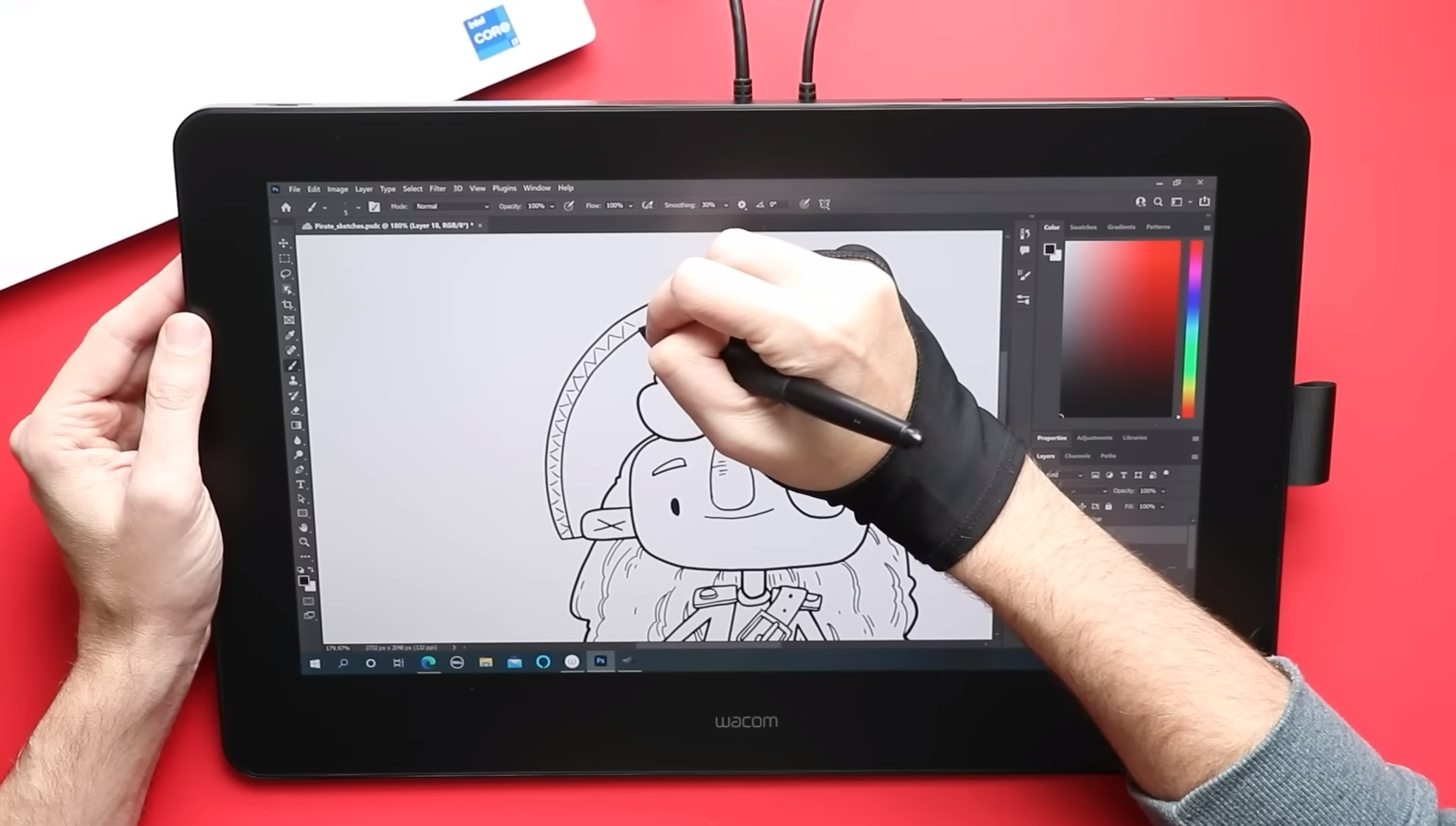
Figure Drawing
Figure drawing is the practice of drawing human figures. It is a fundamental skill for artists, as it involves understanding anatomy, proportions, and movement. Figure drawing can be done from observation or from imagination, and it requires a lot of practice to master.
This type of drawing is often used in life-drawing classes, where models pose for artists to study and draw. It is also a popular subject in art schools and universities. [2]
Still Life Drawing
A still life drawing involves creating a composition of objects arranged on a surface. This can include natural objects such as fruits, flowers or shells, or man-made objects like books, vases or utensils. Artists use this type of drawing to practice their observation skills, composition and use of light and shadow.
Still life drawings can be as simple or complex as the artist desires, and they often serve as preliminary studies for paintings. Famous artists such as Henri Matisse and Paul Cézanne were known for their still life works.
Landscape Drawing
Landscape drawing is the depiction of natural scenery such as mountains, valleys, forests, and rivers. It is a popular subject in art throughout history, from ancient cave paintings to contemporary drawings.
This type of drawing often requires an understanding of perspective, composition and use of light and shadow to create a realistic representation of the landscape. Artists may work en plein air (outdoors) or from reference photos or sketches.
Digital Drawing
With advancements in technology, drawing has also evolved to include digital methods. Digital drawing involves creating images using computer software or tablets and styluses. It allows for precise control, undo/redo options, and the ability to easily manipulate and edit drawings.
Digital drawing is often used in graphic design, animation, and comics. Many professional artists incorporate digital techniques into their traditional drawings to enhance or add finishing touches. [3]
What are the Most Popular Drawing Techniques?
There are many different drawing techniques used by artists around the world, each with its own unique set of characteristics and style. However, some techniques have stood the test of time and continue to be popular among artists of all levels. In this section, we will explore some of the most popular drawing techniques used today. [4]
Pencil Drawing
One of the most common drawing techniques is pencil drawing. This versatile technique involves using different grades of pencils to create lines, textures, and shading. Pencil drawings can range from simple sketches to highly detailed and realistic works of art. Many artists prefer pencil drawing because it allows for a lot of control and precision in their work.
Charcoal Drawing
Another popular technique is charcoal drawing, which involves using sticks of charcoal to create dark, bold lines and shading. Charcoal drawings can range from rough and sketchy to highly detailed and realistic. This technique is particularly effective in creating dramatic and moody pieces of art.
Pen and Ink Drawing
Pen and ink drawing has been a popular technique for centuries, dating back to medieval times when it was used for intricate illustrations in books. This technique involves using pens with different nibs and types of ink to create lines, textures, and shading. It is a highly precise and detailed technique that requires skill and patience.
Watercolor Painting
Although technically a painting technique, watercolor is also used in drawing to create colorful and delicate works of art. Watercolor pencils are often used to add detail and texture to watercolor paintings, creating beautiful and unique pieces of art. Watercolor is a popular choice among artists who enjoy the fluidity and unpredictability of this medium. [5]
Ink Wash Drawing
Ink wash drawing is a technique that combines elements of both drawing and painting. It involves using diluted ink to create soft, delicate lines and shading. This technique is often used in traditional Chinese and Japanese artwork, as well as contemporary illustrations. Ink wash drawing requires a delicate touch and skillful control of the ink to create beautiful and expressive pieces. [6]
What Tools Are Needed for Drawing?
There are a variety of tools that can be used for drawing, depending on the type of artwork you want to create. Here are some essential tools that every artist should have in their toolkit:
Pencils
Pencils are one of the most basic and versatile tools for drawing. They come in a range of hardness grades, from soft (such as 6B) to hard (such as 6H). Soft pencils are dark and easily smudgeable, making them ideal for shading, while hard pencils provide a lighter and more precise line. An HB pencil is a good all-purpose choice. [7]
Erasers
Erasers can be used to correct mistakes or remove unwanted lines from your drawing. A kneaded eraser is a soft, pliable eraser that can be shaped and molded to fit the needs of your drawing. A white vinyl eraser is harder and more abrasive, making it better for removing darker lines.
Paper
The type of paper you use for your drawings will greatly affect the final outcome. Smooth paper is ideal for detailed drawings with fine lines, while rougher textures are better for creating texture and depth. Experiment with different types of paper to find what works best for your preferred drawing style.
Drawing Pens
Drawing pens are great for creating precise lines and details, especially when used in conjunction with pencils. They come in a variety of widths and tips, such as fine points or brush tips, making them versatile tools for different drawing techniques.
Colored Pencils
Colored pencils can add depth and vibrancy to your drawings. They come in a variety of colors and shades, making them perfect for creating detailed and realistic illustrations. Additionally, they can be blended together to create unique color combinations.
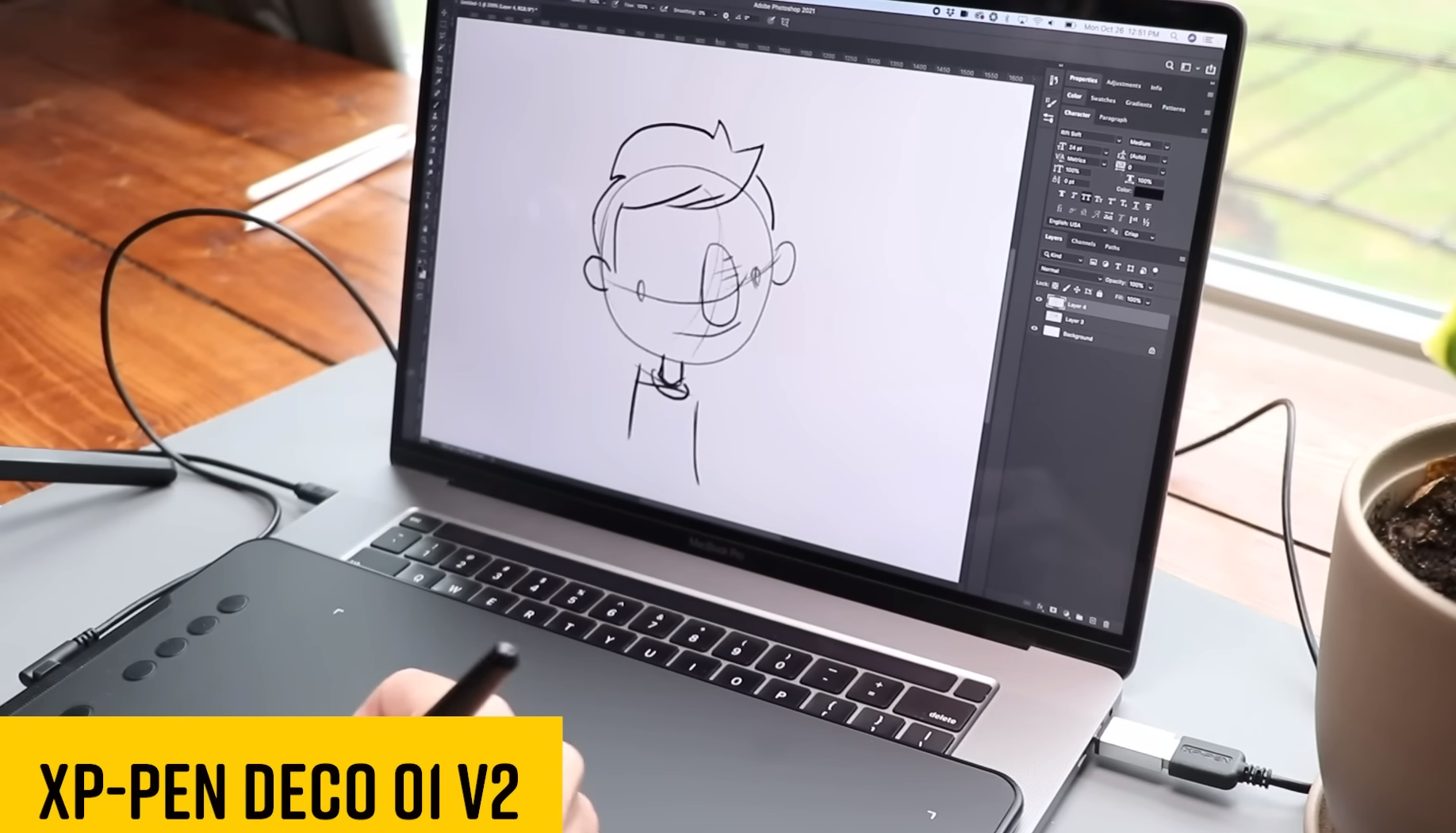
Watercolors
Watercolors are a popular medium for both beginners and experienced artists. They provide a vibrant, translucent finish and can be used to create a range of effects. Watercolor pencils are also available, which combine the precision of a pencil with the versatility of watercolors.
Brushes
If you plan on using watercolors or other wet mediums, having a set of brushes is essential. Brushes come in various sizes and shapes, including round, flat, and fan brushes. Experimenting with different brush types can greatly enhance your artwork.
Blending Tools
Blending tools, such as blending stumps or tortillons, are used to soften and blend pencil lines. They are particularly useful for creating smooth gradients and shading in drawings.
Ruler or Straight Edge
A ruler or straight edge is an essential tool for creating precise and straight lines in your drawings. It can also be used as a guide for perspective and proportion in your artwork.
Drawing Board
Having a drawing board can help keep your paper in place while you work, preventing it from moving or wrinkling. You can also use it to tilt your paper at different angles for easier drawing.
Sketchbook
A sketchbook is a great way to keep all your drawings organized and in one place. It also allows you to practice and experiment with different techniques without worrying about ruining a finished piece of paper.
Drawing Tablet
For digital artists, a drawing tablet is an essential tool. It allows you to create and edit artwork directly on the screen, providing more control and precision than using a mouse or trackpad. [8]
How to Choose a Drawing Tablet?
The use of drawing tablets has become increasingly popular and has opened up countless possibilities for artists. [9]
But with so many options available in the market, it can be overwhelming to choose the right drawing tablet. Here are some tips to help you make an informed decision:
Consider your needs: Before purchasing a drawing tablet, it’s essential to consider what exactly you need it for. Are you a beginner looking for a basic tablet to practice and improve your skills? Or are you a professional artist who needs advanced features for digital art production? The answers to these questions will determine the type and specifications of the tablet you should invest in.
Size matters: Drawing tablets come in various sizes, from small portable ones to larger ones that mimic traditional paper sizes. The size you choose will depend on your personal preference and the type of artwork you create. Small tablets are great for traveling while larger ones provide more space for intricate details.
Pressure sensitivity: This feature determines how responsive the tablet is to different levels of pressure, making it easier to control line thickness and opacity in your digital art. Most professional drawing tablets have high-pressure sensitivity levels, but beginners can opt for lower levels to save costs.
Connectivity: Some drawing tablets connect to your computer or laptop through a USB cable, while others offer wireless connections via Bluetooth. Consider which option suits you best in terms of convenience and compatibility with your devices.
Brand and budget: Like any other product, the brand of the drawing tablet can affect its quality and price. Research and read reviews to find a reputable brand that fits your budget and offers the features you need.
Try before you buy: If possible, try out the drawing tablet before purchasing it. This will give you a feel for the tablet’s size, pressure sensitivity, and overall user experience.
Invest in accessories: Along with the drawing tablet itself, consider investing in accessories like a protective case or screen protector to keep it safe from scratches and damage. You may also want to purchase a stylus or pen with different brush tips to enhance your drawing experience. [10]
How Much Does a Drawing Tablet Cost?
When it comes to purchasing a drawing tablet, one of the most common questions is: how much does it cost? The answer can vary widely depending on factors such as brand, size, and features. Now we’ll break down the average cost of a drawing tablet and explore some options at different price points. [11]
Average Cost
On average, a good quality drawing tablet can cost anywhere from $50 to $1000. This range may seem large, but it ultimately depends on the type of tablet you’re looking for. For example, a basic and small-sized tablet with limited features will obviously be cheaper than a larger, high-end model with advanced capabilities.
Factors Affecting Cost
As mentioned before, there are several factors that can affect the cost of a drawing tablet. These include brand, size, features, and additional accessories. Some well-known brands such as Wacom and Huion tend to be pricier due to their reputation for quality and reliability. On the other hand, lesser-known brands or off-brand options may offer cheaper alternatives.
Features are another major factor affecting cost. Some drawing tablets come with advanced features such as pressure sensitivity, tilt recognition, and customizable buttons. These features can significantly impact the price of a tablet. Additionally, if you opt for a tablet with a screen rather than just a drawing surface, expect to pay more.
Price Ranges
To give you an idea of what to expect at different price points, here are some common ranges for drawing tablets:
- $50-$100: At this price point, you can find basic drawing tablets with limited features. They may be smaller in size and have lower resolution, but are still a great option for beginners or those on a budget.
- $100-$200: In this range, you can expect to find mid-range drawing tablets with more advanced features such as pressure sensitivity and customizable buttons. They may also have larger drawing surfaces and better resolution.
- $200-$500: Tablets in this range are often considered to be high-end with advanced features and larger sizes. They may also come with additional accessories such as stylus pens or carrying cases.
- $500-$1000: At the top end of the spectrum, you can find professional-grade drawing tablets with all the bells and whistles. These tablets often have top-of-the-line features, larger sizes, and may come with a variety of accessories. [12]
FAQs
Are drawing tablets worth it?
Drawing tablets are definitely worth it for artists, designers, and anyone who enjoys creating digital art. They offer a more precise and natural drawing experience compared to using a mouse or trackpad. Drawing tablets also have pressure sensitivity, allowing for different brush strokes and line thicknesses depending on how hard you press the pen to the tablet. This makes it much easier to create detailed and realistic drawings.
In addition, drawing tablets usually come with specialized software that can enhance the drawing experience. Some popular programs include Adobe Photoshop, Corel Painter, and Clip Studio Paint. These programs offer a wide range of tools and features specifically designed for digital art, making it easier to create professional quality work.
What are good drawing tablets for beginners?
When it comes to choosing a drawing tablet for beginners, there are a few key factors to consider. These include the price, size, features and compatibility with different software programs.
One highly recommended option for beginners is the Wacom Intuos Pro. This tablet offers a balance of affordability and functionality, making it a popular choice among artists just starting out. It also comes in a variety of sizes, allowing you to choose the perfect one for your needs and budget.
Another great option is the XP-Pen StarG640. This tablet also offers a good balance of features and affordability, making it a top choice for beginners. It’s compatible with most major software programs and has excellent pressure sensitivity, allowing for accurate and precise drawing.
For those on a tight budget, the Huion H610 Pro is a great option. It has a large drawing area and comes with a variety of customizable keys for easy access to commonly used functions. While it may not have all the advanced features of more expensive tablets, it’s still a solid choice for beginners.
Do drawing tablets feel like paper?
Drawing tablets do not feel exactly like paper. While some models may come close to mimicking the texture of paper, the overall experience is still different. This is because drawing tablets operate through a smooth glass surface, whereas paper has a certain texture and resistance that can affect the way pen or pencil strokes are made.
That being said, this does not mean drawing tablets are inferior in any way. In fact, many artists prefer the smooth and consistent surface of drawing tablets as it allows for more precise control and smoother lines. Additionally, drawing tablets offer a variety of customization options such as pressure sensitivity and tilt recognition, which cannot be achieved with traditional paper.
Is it easier to draw digitally?
Some artists find it easier to draw digitally due to the advanced tools and features available in digital software. These tools allow for precise control over line weight, color selection, layering, and more.
On the other hand, traditional drawing methods can provide a more tactile and organic experience. Many artists enjoy the physical aspect of drawing with traditional mediums such as pencils, pens, and paintbrushes.
One major advantage of digital drawing is the ability to easily make mistakes without ruining the entire piece. With traditional drawing, any mistake made can be difficult or impossible to erase completely. However, in digital software, mistakes can be quickly undone or edited without affecting the rest of the drawing.
Another factor to consider is the cost. Digital drawing requires a computer or tablet and software, which can be expensive. On the other hand, traditional drawing only requires basic supplies such as paper and pencils.
Useful Video: Best Drawing Tablet By Price
To Sum Up
It’s clear that there is no one-size-fits-all answer when it comes to the cost of a drawing tablet. Depending on how you intend to use your tablet, and the complexity of the features you need, the cost of a tablet could range anywhere from under $100 to over $1,000. However, it doesn’t have to be an expensive endeavor – most beginner hobbyists only need the most basic models for their work. That being said, if you are serious about digital art and graphic design as a career choice, investing in a higher end model with more features will offer value for money in the long run. Above all else, make sure to do your research and find the best option for your budget and needs!
References:
- https://www.indeed.com/career-advice/career-development/types-of-drawing
- https://www.linearity.io/blog/drawing-styles/
- https://mymodernmet.com/drawing-styles/
- https://discountartncraftwarehouse.com.au/blog-2138/drawing-techniques-every-artist-should-know
- https://www.cowlingandwilcox.com/blog/post/48-a-guide-to-pencil-sketching-techniques
- https://arteza.com/blogs/articles/16-pencil-drawing-techniques
- https://www.artsy.net/article/artsy-editorial-pencils-papers-erasers-start-drawing
- https://nymag.com/strategist/article/best-drawing-tools-for-beginners.html
- https://www.xp-pen.com/blog/how-to-choose-graphic-drawing-tablet-pen-display-monitor.html
- https://essentialpicks.com/how-to-choose-a-drawing-tablet/
- https://www.zdnet.com/article/best-drawing-tablet/
- https://doncorgi.com/blog/drawing-tablet-price/


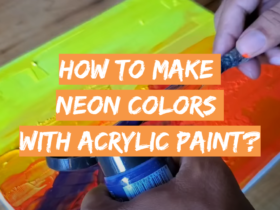


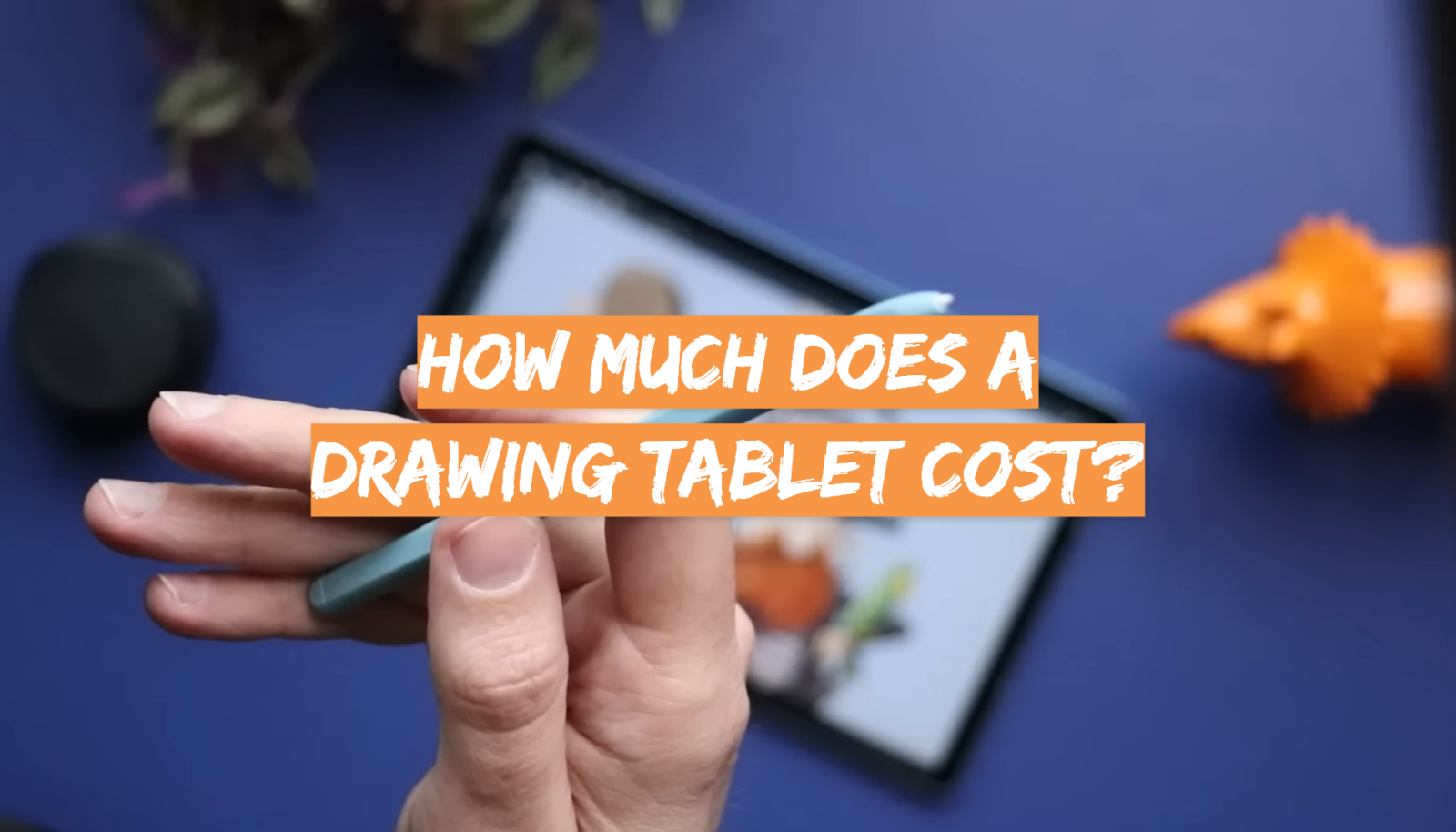
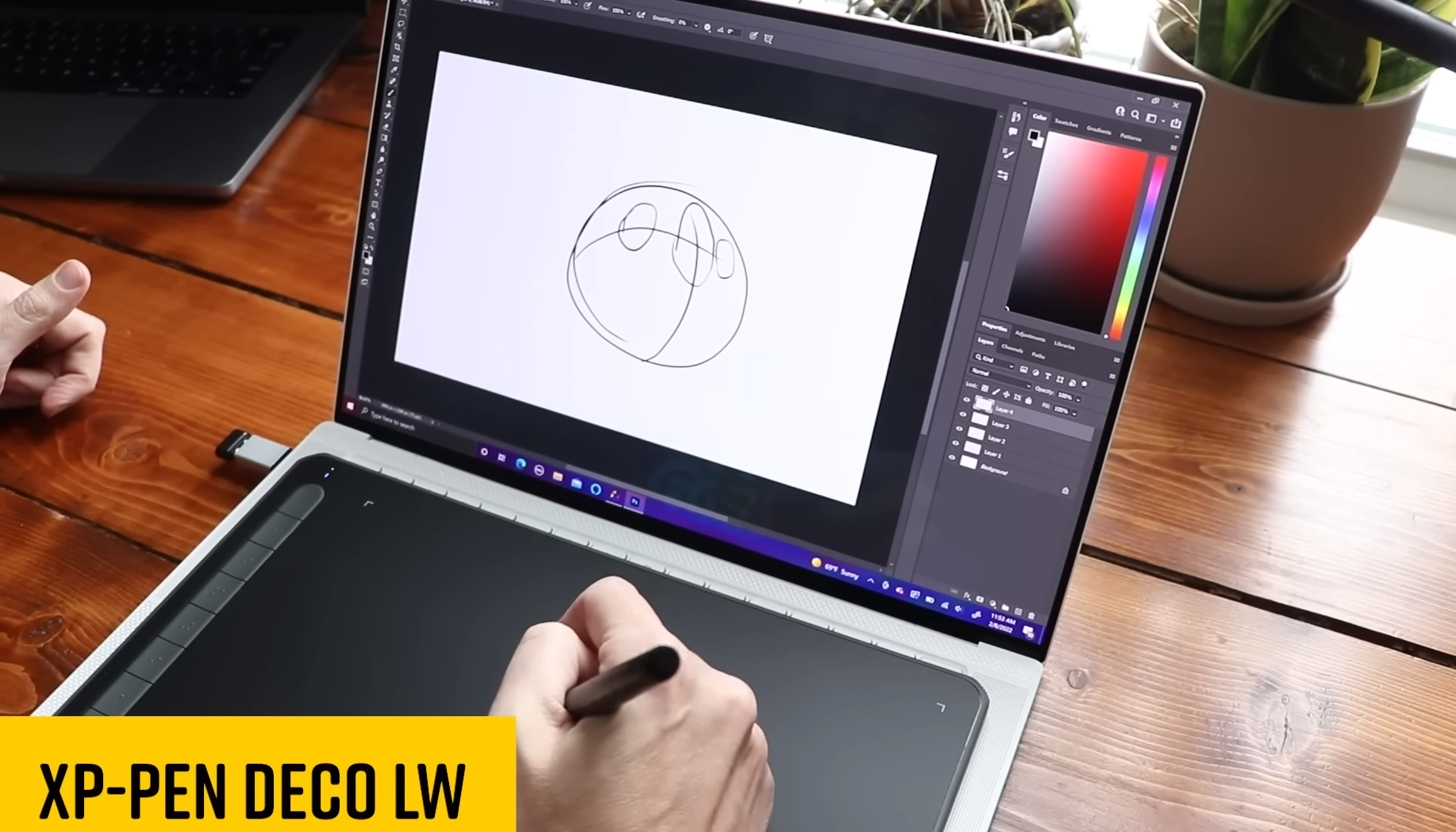
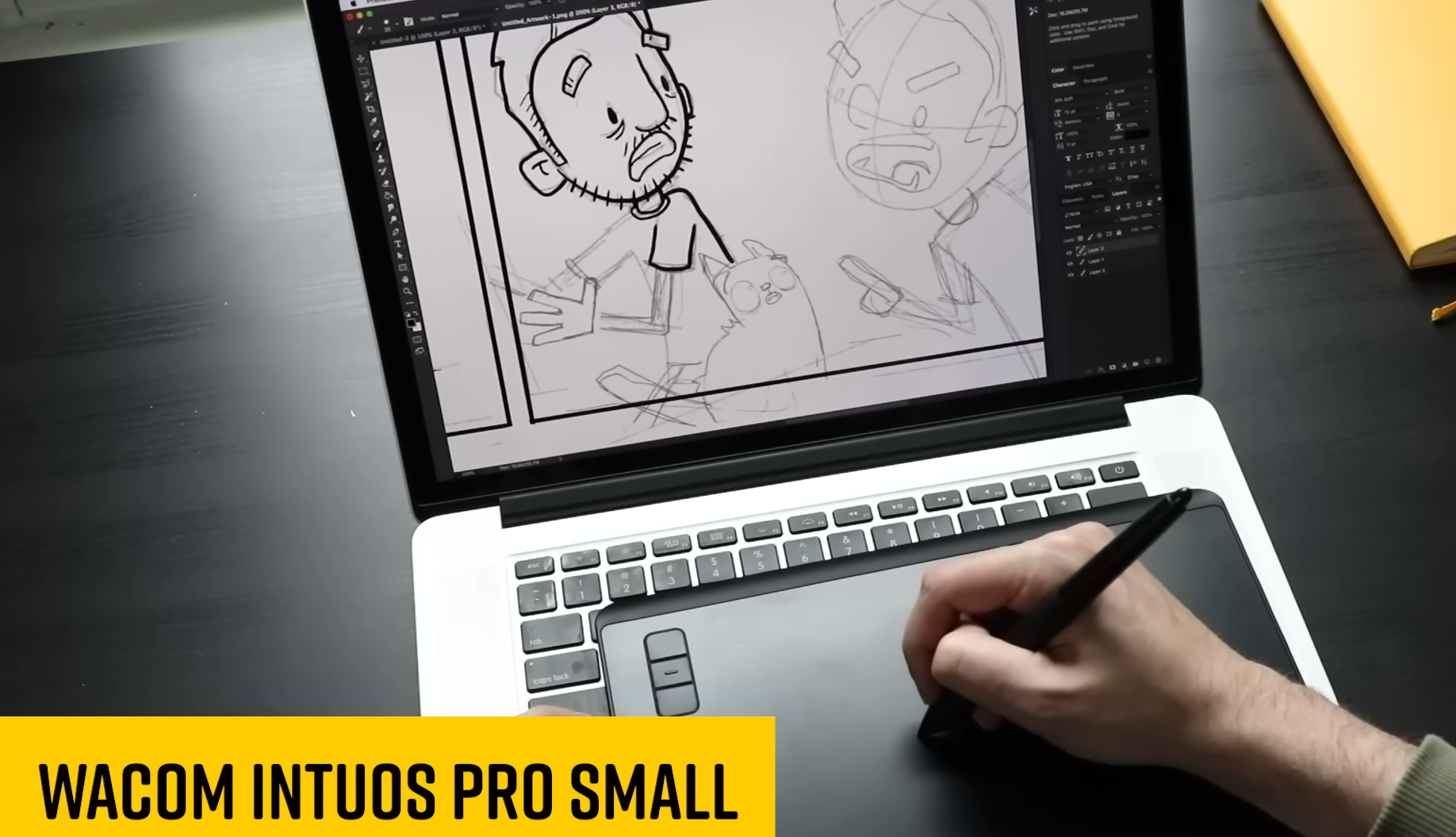
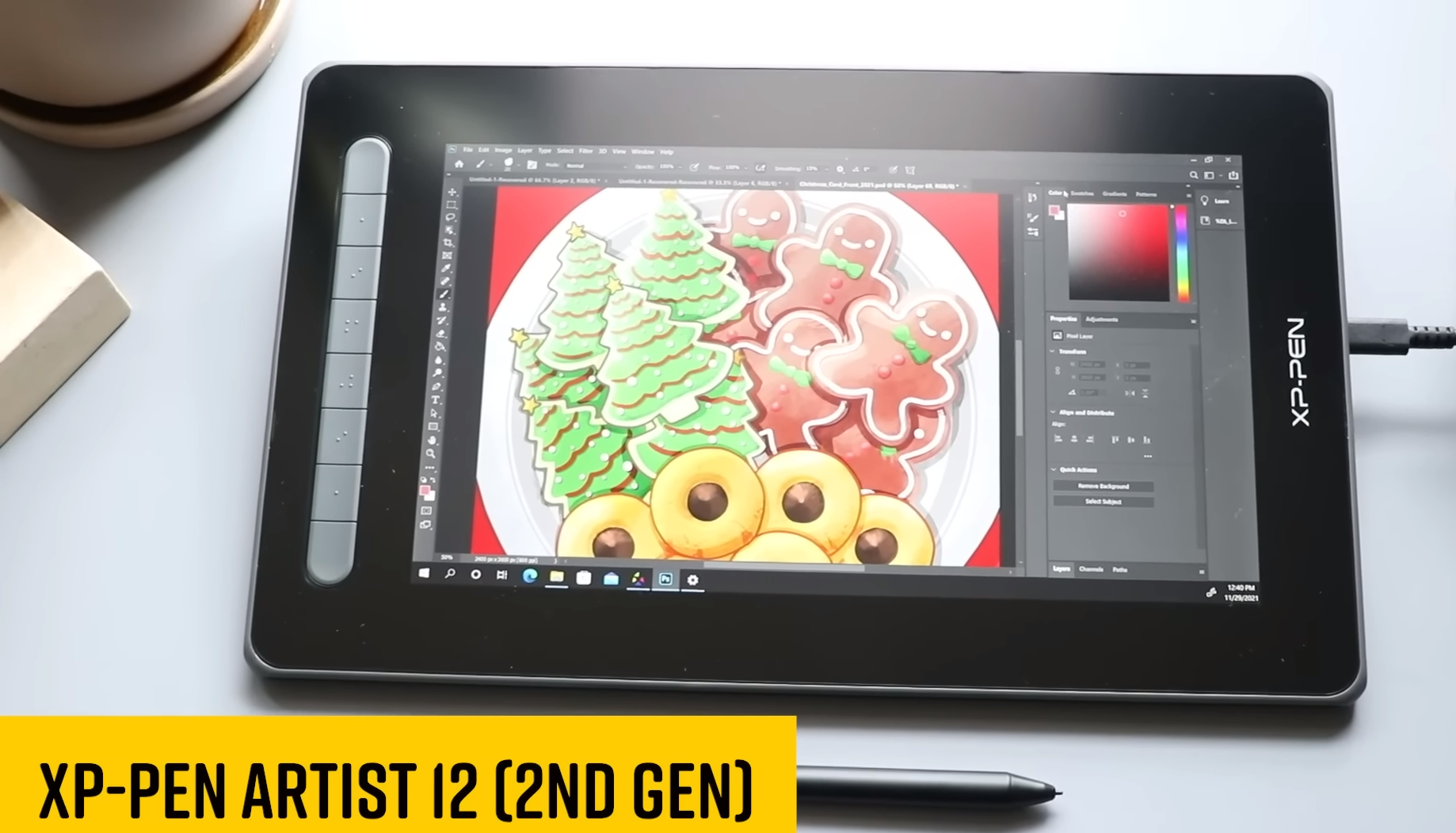
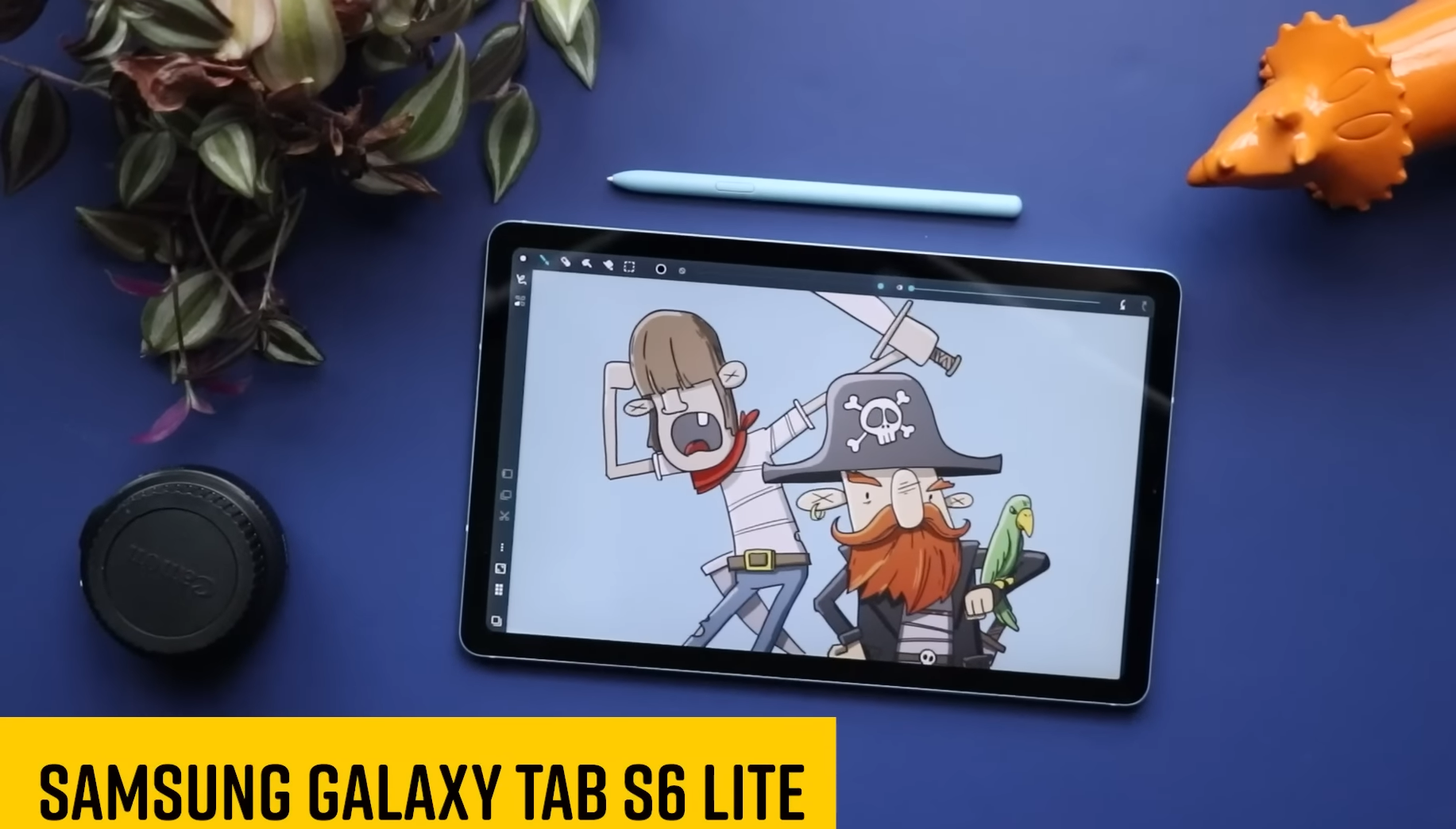
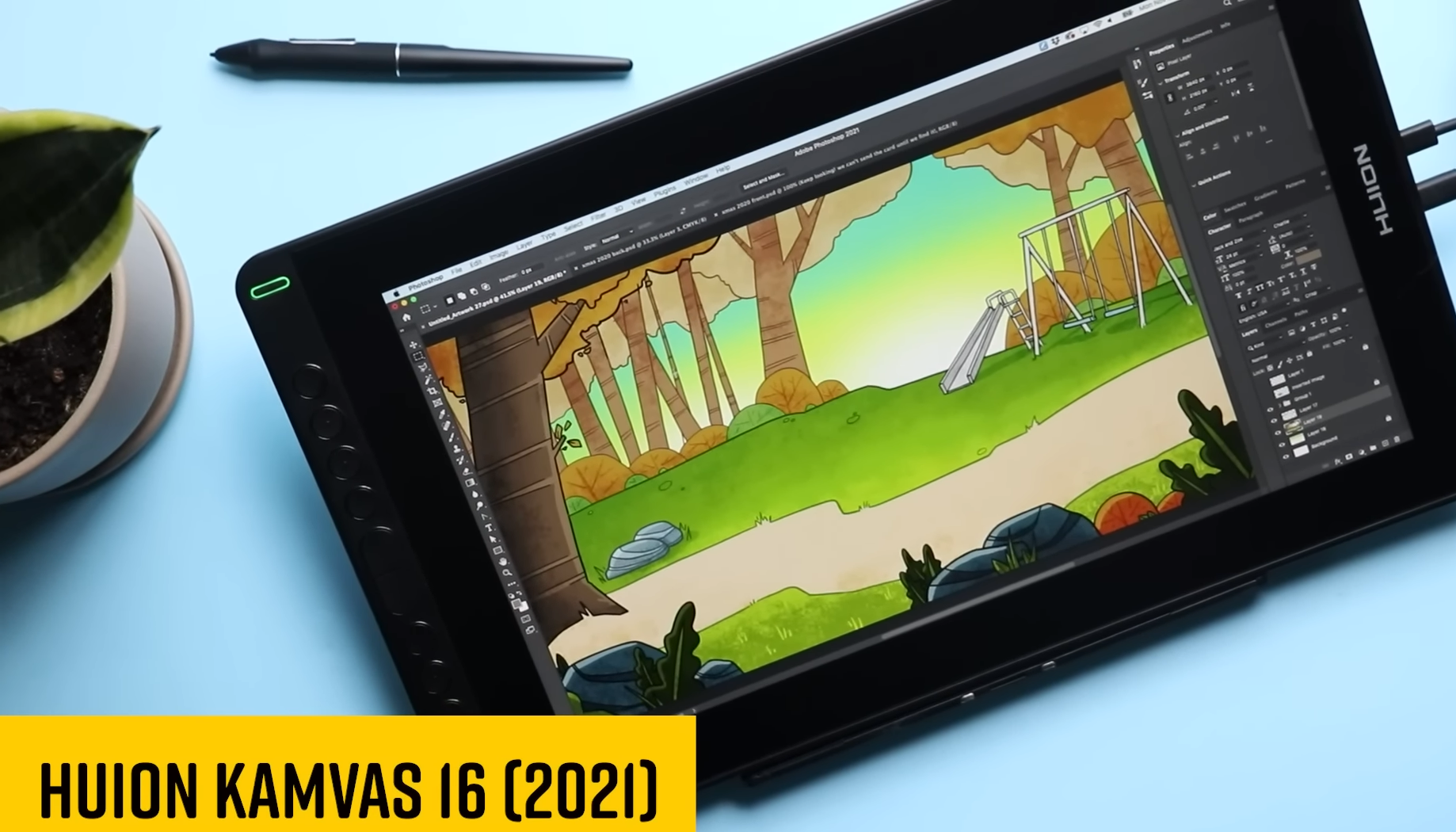
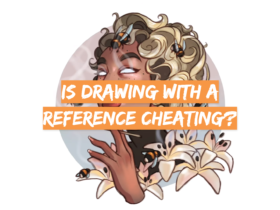

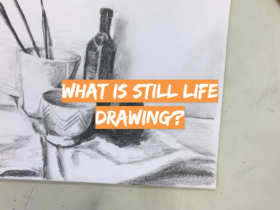
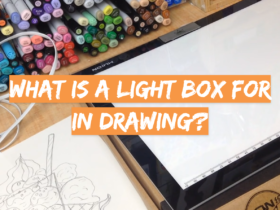
Leave a Review